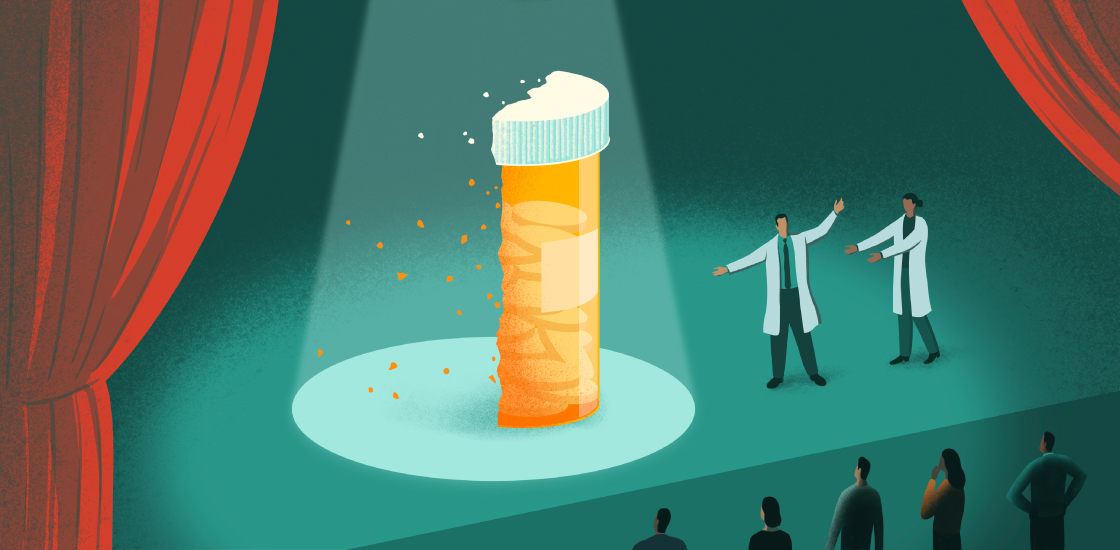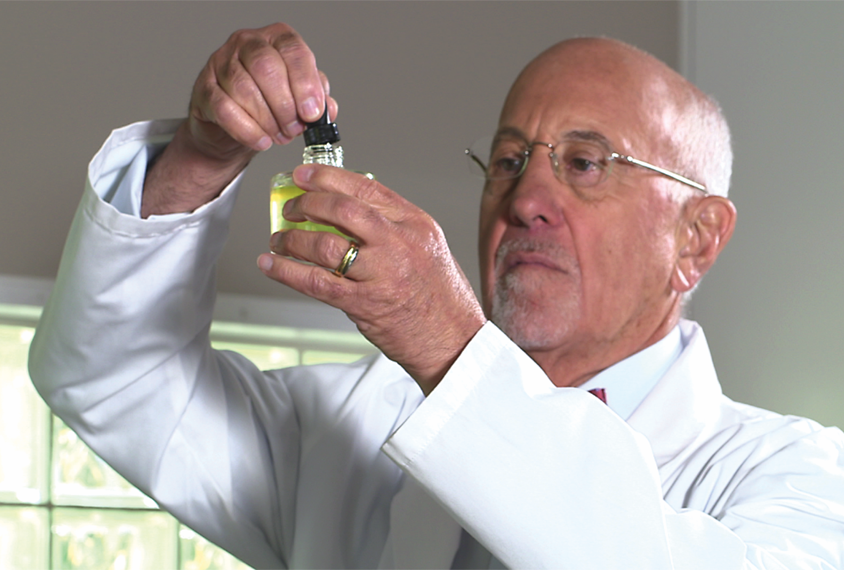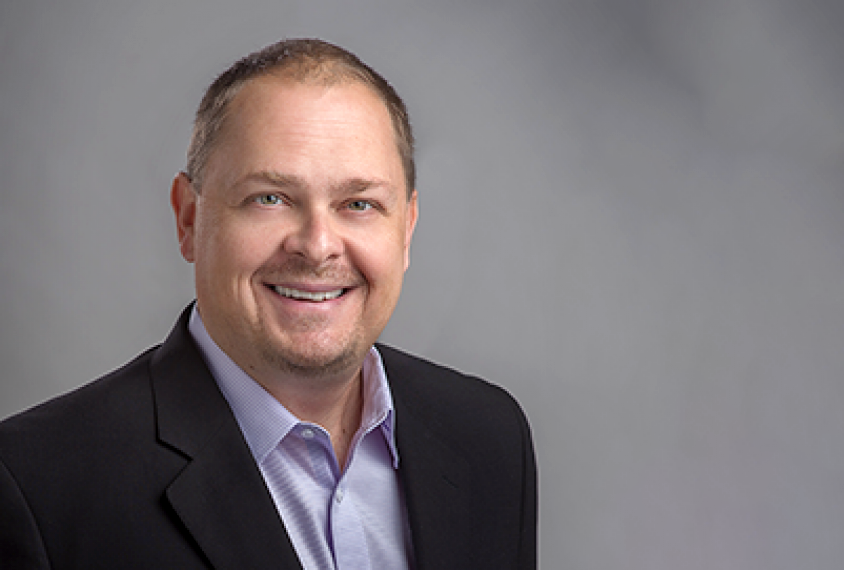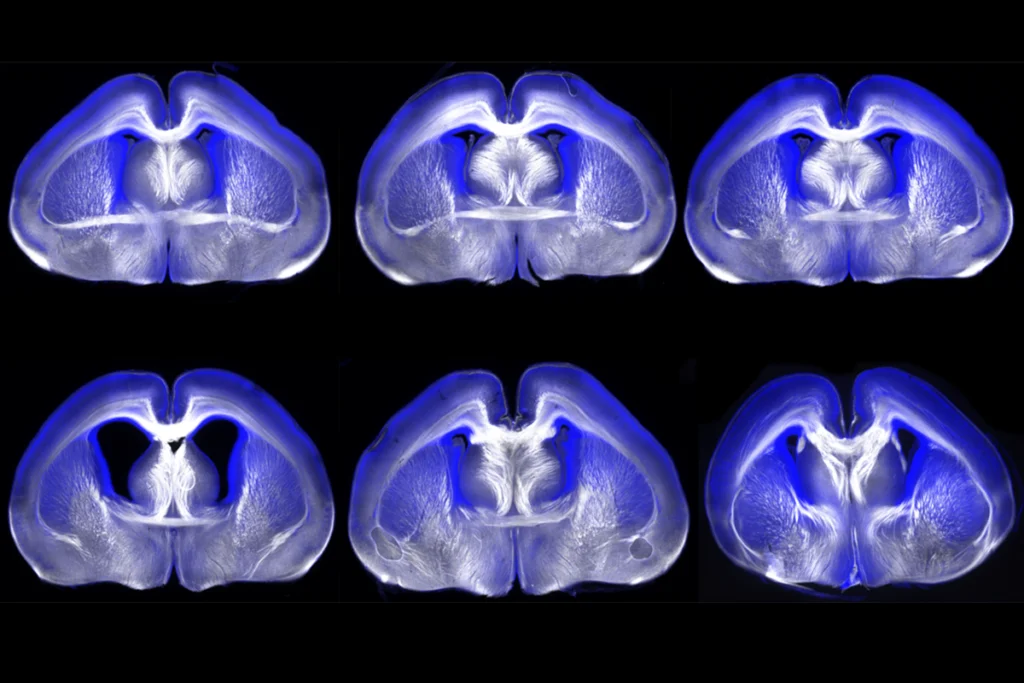Company on brink takes psilocybin to trial for fragile X syndrome
The phase 2A trial has its detractors despite positive animal results and is being sponsored by a company that is struggling financially.

A small clinical trial on the use of psilocybin microdoses to treat fragile X syndrome, sponsored by the Canadian biotech Nova Mentis Life Science, began recruiting participants in Canada last week. The move comes on the heels of a study on fragile X model rats, funded by the company and published in December, that suggested the experimental treatment is safe and could help alleviate cognitive impairment.
Nova Mentis submitted the rat study results, along with drug manufacturing data, to Health Canada, and because psilocybin has been found to be safe at much higher doses than what Nova Mentis plans to use, the company was cleared to move forward with a phase 2A trial. The trial will be conducted open label — meaning that all participants will receive the drug, with no placebo control.
But multiple experts in the field of fragile X treatment and psychedelics research point out that a single rat study does not justify moving on to human trials. It would be “beneficial to see any animal behavioral work in fragile X knockout species replicated at a second lab,” says Craig Erickson, associate professor of psychiatry at Cincinnati Children’s Hospital Medical Center in Ohio, because of the difficulty of reproducing behavioral findings in fragile X model mice.
These doubts around the scientific backdrop for the 2A trial are compounded by the fact that Nova Mentis is running out of money and may live or die by the trial’s results.
T
In the third experiment, the researchers administered either 0.1 or 0.3 milligrams per kilogram of body weight. They dosed the animals by mouth three times per day every other day for two weeks and tested their cognition five days after the last treatment. The fragile X rats receiving the smaller dose performed just as well as the treated and untreated wildtype rats did. The researchers observed no drug-induced side effects.
Because fragile X model rats are known to perform poorly on the novel-object recognition test, and other research has hinted at serotonin’s role in the condition in people, “the efficacy of psilocybin to rescue the deficit in object recognition displayed by [these] rats was not a total surprise,” says lead investigator Viviana Trezza, associate professor of pharmacology at Roma Tre University in Italy.

Trezza wants to follow up on the study by identifying which serotonin receptor subtypes are responsible for psilocybin’s effects in the fragile X rats, as well as which brain areas are most involved. Psilocybin’s effects on other behavioral tasks and on the socioemotional domain need to be assessed, too, she adds.
For now, though, Nova Mentis has no plans to fund a follow-up animal study and is moving on to the phase 2A trial. Part of the reason is money. In November, Nova Mentis released its financial statement for the fiscal year ending in September 2022, reporting about 462,000 Canadian dollars in cash and equivalents, with a net loss of about CA$1.4 million for the first nine months of the year. The company’s stock is trading at less than 10 Canadian cents, which will make it hard to raise funds from the public markets. “There’s no dancing around those figures. They are what they are,” says William Rascan, chief executive officer of Nova Mentis. But a successful clinical trial might lift the stock price, and Rascan says company employees are “crossing our fingers that the results are positive.”
S
Yet the rat study did not include any data on pharmacokinetics or pharmacodynamics — how the drug behaves inside the animals and what aspects of their biology it affects. That alone warrants caution around these limited findings, says Elizabeth Berry-Kravis, professor of pediatrics and neurological sciences at Rush University Medical Center in Chicago, Illinois. On top of that, there is a history of fragile X drugs failing in clinical trials after yielding more robust preclinical results than these, and the lack of evidence for the drug’s mechanism of action also raises concerns, she says.
And Emily Osterweil, professor of molecular neuroscience at the University of Edinburgh in Scotland, says the rat study is “probably not even enough preliminary evidence for a grant proposal.” Investigating the drug’s effect on just one aspect of cognition in just one rat model does not inspire enough confidence for a clinical trial, “so I don’t know how it got approved for a clinical exploration with such little support, scientifically,” she says.

In the phase 2A, Nova Mentis plans to give 10 adults with fragile X syndrome 1.5 milligrams of the drug every other day for 28 days. (Doses of 20 to 30 milligrams have been used in clinical trials where hallucinogenic effects are induced.) The study will measure dropout rate, adherence to the trial protocols and parents’ satisfaction with the measures they will use to track their child’s progress. It will also track participants’ improvement by using 10 different clinical questionnaires that assess repetitive behaviors, communication abilities, aggression, cognition, anxiety and depression.
The company is aware of the criticism around the rat study. Marvin Hausman, chairman of Nova Mentis’ scientific advisory board, says establishing the biological mechanism of action, as well as biological markers of people’s improvement in clinical trials, will be the subject of future research. But right now the priority is starting the clinical trial and beginning to track people’s responses to the drug, because there are “families waiting on a treatment.”
“What do we lose by this?” he says. “It doesn’t matter to me what the pharmacokinetic data is if I have very good data in the children.”
N
It is doing the same for Octagon Media, a company supplying marketing for Nova Mentis in exchange for 1.4 million common shares. Octagon runs the online market news provider Wall Street Reporter, which has conducted online interviews with Nova Mentis leadership and champions Nova’s stock on Twitter (including tweeting as often as 21 times in one day about the company’s growth potential).
These lean times earned Nova Mentis a “going concern” label from its accountant in 2022. There are “no assurances” that Nova Mentis will be able to fund operations “for an extended period of time,” according to the financial report.
If the Canadian trial is successful, Nova Mentis will use the data to clear the way for a trial in the United States, Hausman says. And if the drug is eventually approved for fragile X, Rascan says it could open the door for off-label prescribing — doctors using their clinical judgment to prescribe the microdose medication for other indications.
Separate from the Canadian trial, Nova Mentis is also recruiting 200 participants with autism or fragile X syndrome, plus 100 neurotypical controls, aged 6 months to 21 years, for an observational study in the U.S., conducted in partnership with the University of Central Florida in Orlando. This study seeks to establish markers of inflammation and serotonin signaling that reflect autism and fragile X trait severity, as well as people’s treatment response. So far, more than 30 participants have been enrolled, Rascan says.
But the company’s main focus is on the Health Canada trial, Rascan says. “If the results are positive, is it a defining point in the drug’s development? No. But it’s a next step,” he says. Given the company’s financial constraints, we “can only bite off what we can chew here. We kept it small; we kept it open label.” And Rascan points out that, regardless of criticism from other researchers, Nova Mentis has received approval after regulatory approval along the way.
Even if the clinical trial fails to show that psilocybin microdoses can help people with fragile X syndrome, it would not be a death knell for the company, Rascan says. But it would be challenging to return to the drawing board. “We’re certainly betting a lot on what we’re hoping for here.”
Explore more from The Transmitter

RNA drug corrects calcium signaling in chimeric model of Timothy syndrome

